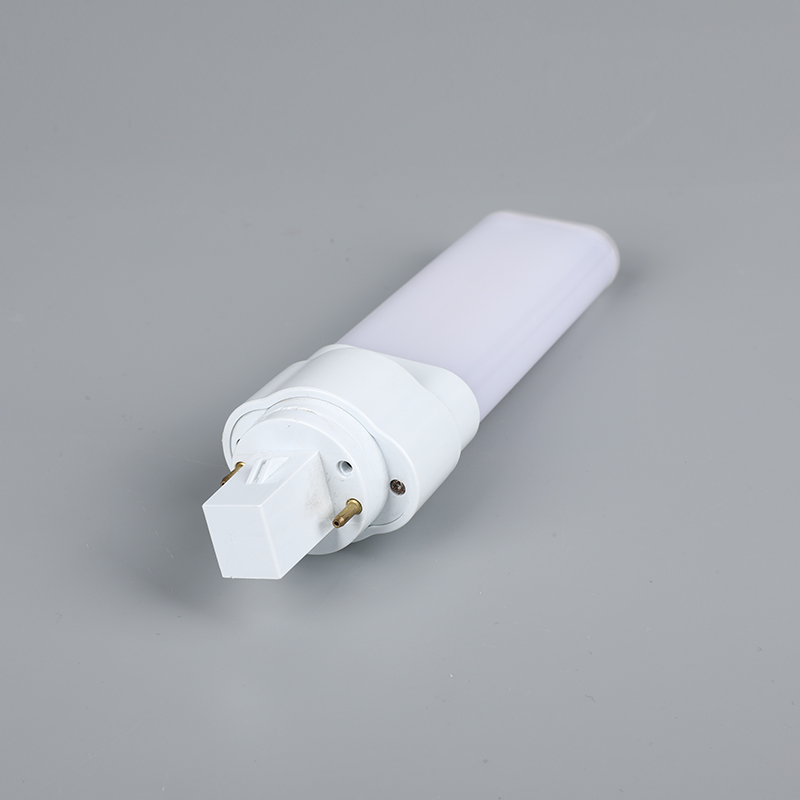While the benefits of LED street lighting are undeniable, the transition from conventional luminaires to light-emitting diode fixtures presents a unique set of challenges and opportunities for municipalities worldwide. From financial constraints to technical considerations, navigating this paradigm shift requires careful planning, stakeholder engagement, and a commitment to sustainability.
Financial Implications
One of the primary obstacles to widespread adoption is the upfront cost associated with LED street lights. Although LEDs offer long-term savings through reduced energy consumption and maintenance expenses, the initial investment can be prohibitive for cash-strapped municipalities. Overcoming this financial barrier often requires creative financing mechanisms, such as public-private partnerships, energy performance contracts, or government subsidies. By leveraging these alternative funding sources, cities can accelerate the deployment of LED lighting infrastructure without compromising fiscal responsibility.
Technical Challenges
In addition to financial considerations, municipalities must contend with a myriad of technical challenges when transitioning to LED street lights. Compatibility issues with existing infrastructure, regulatory compliance, and performance standards are just a few of the hurdles that must be overcome. Furthermore, selecting the right LED fixtures requires careful consideration of factors such as color rendering, light distribution, and glare control to ensure optimal visibility and safety. Engaging with lighting experts, conducting pilot projects, and soliciting feedback from stakeholders are essential steps in navigating these technical complexities and mitigating potential risks.
Community Engagement
Perhaps the most critical aspect of the transition is community engagement. As the end-users of public lighting, residents play a pivotal role in shaping the design, implementation, and operation of LED street lighting systems. Soliciting feedback, addressing concerns, and fostering dialogue are essential for building trust and garnering support for the transition. Moreover, public outreach campaigns can raise awareness about the benefits of LED technology, dispel misconceptions, and cultivate a culture of sustainability within the community. By involving residents in the decision-making process, municipalities can ensure that LED street lighting projects align with the needs and values of the people they serve.
Environmental Considerations
While LED street lights offer significant energy savings and environmental benefits, their widespread deployment is not without environmental implications. The production and disposal of LED fixtures, as well as their potential impact on wildlife and ecosystems, must be carefully managed to minimize adverse effects. Moreover, the use of certain LED spectra can disrupt circadian rhythms and have negative health consequences for humans and wildlife alike. By prioritizing environmentally responsible practices, such as selecting dark-sky-compliant fixtures, minimizing blue light emissions, and incorporating green infrastructure into lighting designs, municipalities can mitigate the ecological footprint of LED street lighting and promote biodiversity in urban areas.
The transition to LED street lighting represents a watershed moment in the evolution of urban illumination. While the road ahead may be fraught with challenges, it is also brimming with opportunities to enhance energy efficiency, improve safety, and create more livable cities for future generations. By embracing innovation, collaboration, and sustainability, municipalities can navigate this transition successfully and illuminate the path towards a brighter, more resilient future.

 English
English Español
Español













